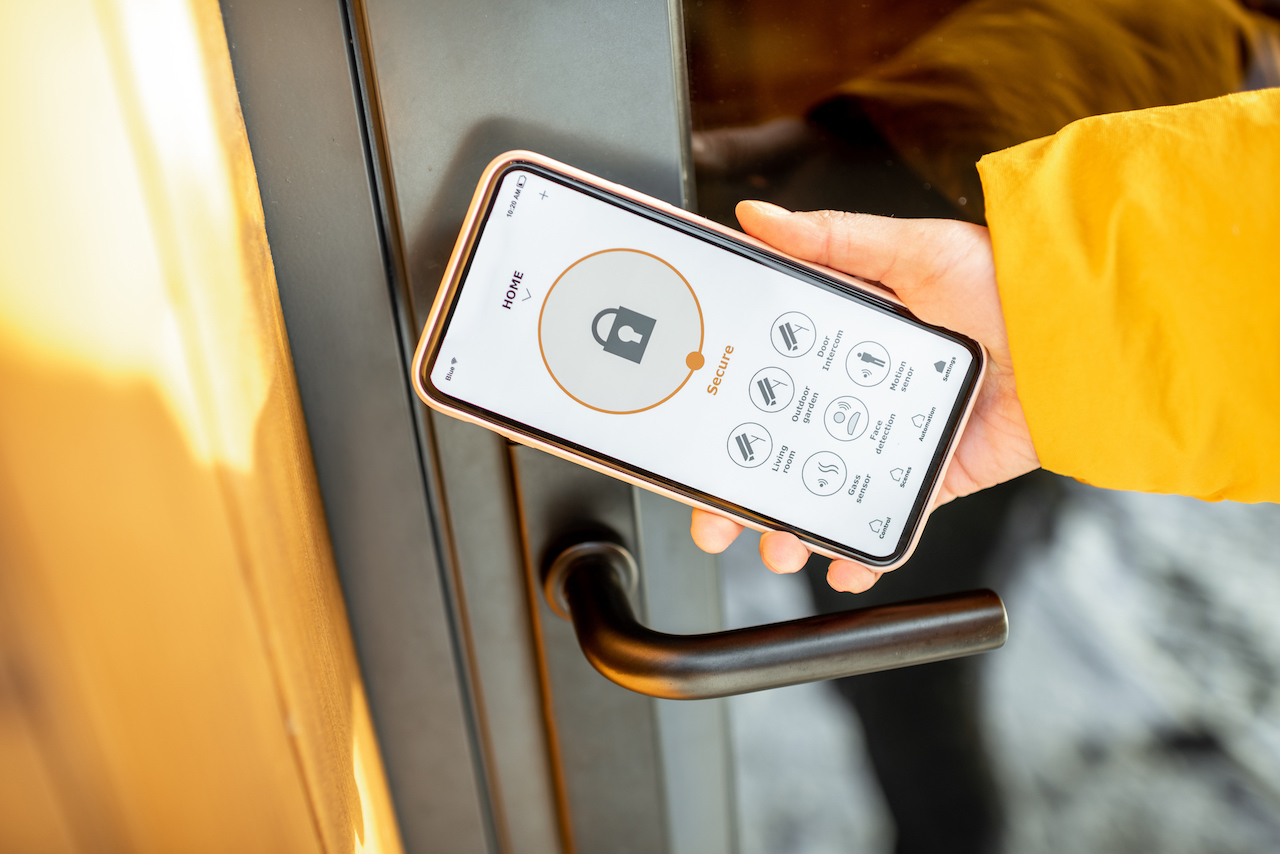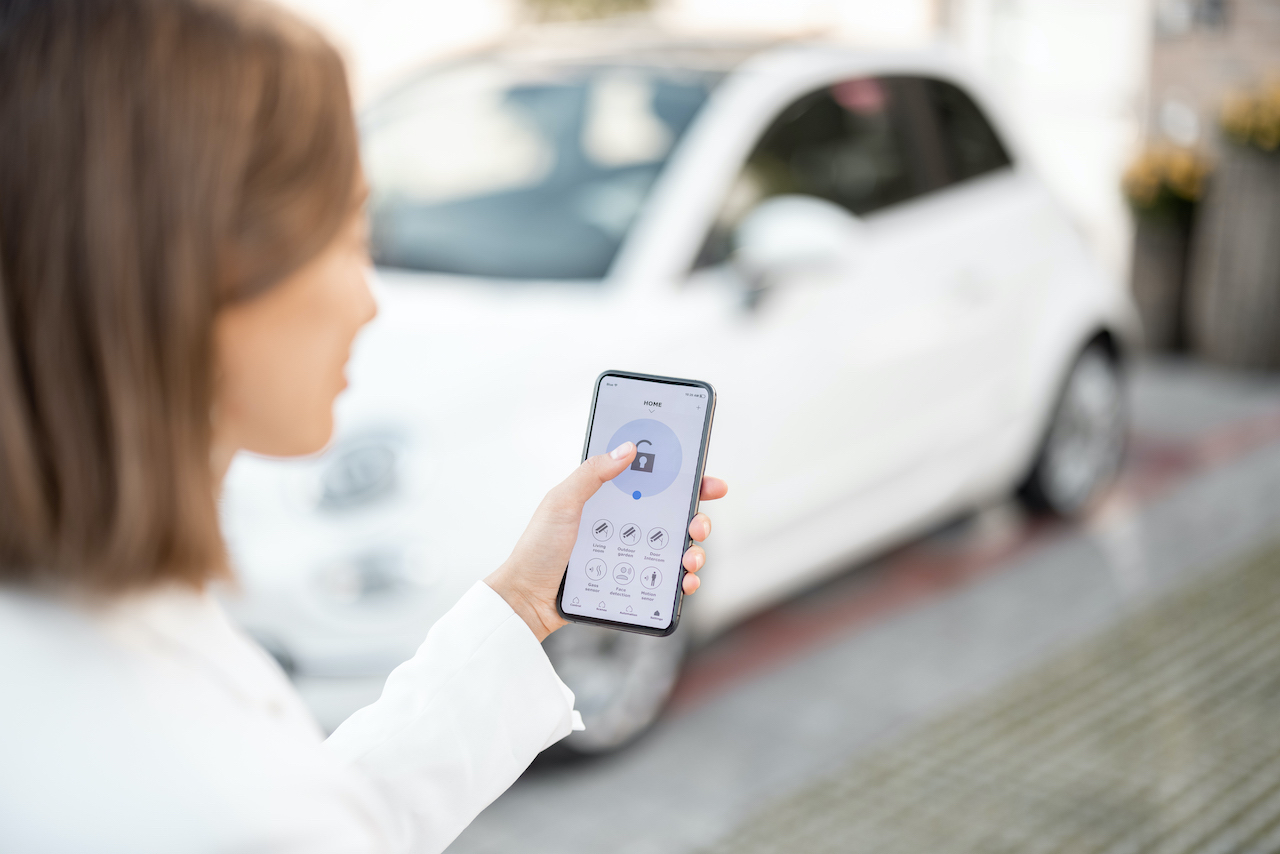Digital technology in our world is progressing at a rapid pace. We can’t predict which direction it shall take, but it would surely need to remain compatible with smart devices. According to recent statistics, more than 1.5 billion smartphones were sold worldwide in 2019 alone. So, it’s sure that a mobile access control system can fare better than its alternative. Here’s a short guide to help you get up to speed.

What Is Mobile Access Control?
A mobile access control system authenticates the ingress/egress of all employees and visitors through their portable smart devices. That can include smartphones, tablets, and even smartwatches. It prevents the complications of issuing ID cards for business owners and employees. It’s also relatively straightforward to implement, as you’ll learn later in this guide.
How Does a Mobile Access Control Work?
A mobile-based access control system starts with the administrator distributing the relevant access credentials to all employees. Those contain unique identifiers that allow the on-site scanner to distinguish between the various employees. Depending on each device, those credentials can be transmitted through Bluetooth, NFC, QR Codes, or biometrics.
A cloud-based access control infrastructure lets you track all personnel and issue clearances for visitors in real time. It also assures data privacy, with only authorised people accessing the management portal.
Where Are Mobile Access Control Systems Used?
Thanks to their versatility, mobile access control systems are used in various scenarios. A few prominent ones include the following.
Co-Working Spaces
Co-working spaces offer the perfect balance between a formal office and a casual home environment. Thus, you can’t expect everyone to carry their ID cards to such a setting. A mobile access control system is ideal if you want to track which employees clocked in at any given time. You can issue credentials conveniently and ensure necessary resources on-site.
Healthcare Facilities
Most hospitals and clinics have patients and staff rotating through the door all the time. With mobile access control, monitoring everyone going in and out of the facility becomes easier. The speed of the process also prevents delays with critical cases.
Warehouses and Other Storage Facilities
Employees within storage facilities can save time checking in or out if they can enter the premises using their phones. The system can alert the manager if it detects that there won’t be enough personnel to handle the cargo for the day. Furthermore, the drivers for vehicle deliveries can swiftly authenticate their pickup, reducing the overall loading times.

Showrooms and Car Rentals
You can make the necessary arrangements for customers and the staff using a single system. Unlike card access readers, you don’t have to reprogram assets repeatedly. Those interested in a particular product can be sent the required credentials without breaking the routine of the premises.
What Are the Benefits of Using Mobile Access Control?
If you use mobile access control within a commercial space, you can reap several benefits.
- It allows you to strengthen security as all credentials are encrypted and near-impossible to replicate.
- It’s a quick way to authenticate access. Employees don’t need to take their phones out of their pockets.
- It can be integrated with asset tracking and visitor management systems to monitor all assets in real time.
- You can quickly update the access from the cloud without affecting other systems.
Conclusion
You’re lagging if you’re not keeping up with emerging digital trends, and mobile access control constitutes a vital part of those. Still, your systems are only as reliable as the services from which you avail them. Check out Qbasis to get a free quote for solutions that perfectly suit your needs.



